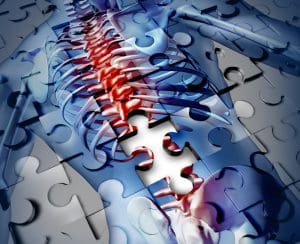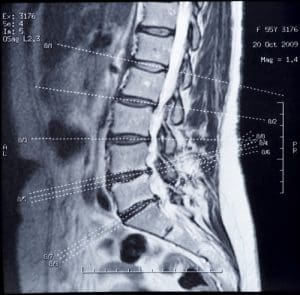 If you are suffering from back pain for the first time, we have some advice. Avoid the following mistakes to help ensure you don’t cause more harm than good when managing your back pain.
If you are suffering from back pain for the first time, we have some advice. Avoid the following mistakes to help ensure you don’t cause more harm than good when managing your back pain.
Mistake #1: Ignoring your pain for too long
While it’s true that low back pain usually gets better within a few weeks, don’t make the mistake of ignoring it. Go to a spine specialist to get a diagnosis and treatment plan. With a correct diagnosis, you can start to map out a recovery plan that may include exercise, massage therapy, or a visit with a physical therapist.
Mistake #2: Relying on your general practitioner for too long
Primary care physicians and general practitioners typically don’t have in-depth training in spine medicine, so it may be harder to get an accurate diagnosis and/or treatment plan. The best way your primary care doctor can help you is by referring you to an excellent spine professional.
If your back pain is severe and lasts for more than a couple of weeks, it’s time to ask your primary care doctor for a referral to a chiropractor or a spine specialist such as a physiatrist.
Mistake #3: Choosing surgery too quickly
For many, it’s tempting to view spine surgery as a “quick fix.” However, with a few exceptions, it is typically recommended to try non-surgical treatment for at least several weeks or months before seeing a spine surgeon. While surgery can fix a specific anatomical problem, such as a disc pressing on a nerve, the only way to completely heal is through a sustained exercise and rehabilitation program. Even with surgery, you’ll need to exercise.
Mistake #4: Postponing back surgery for too long
On the other hand, for certain conditions patients tend to do better if they have surgery sooner. For example, when there is arm or leg pain and weakness because a nerve root is pinched, it is often best to take pressure off the nerve root through surgery sooner to avoid developing nerve problems.
 Mistake #5: Focusing on the MRI results
Mistake #5: Focusing on the MRI results
MRI scans are just pictures; they do not show pain. In fact, you may have terrible pain and an MRI scan that shows a normal-looking spine, or you may have an MRI that shows a large herniated disc yet have no pain. A skilled physician will be able to read your MRI results and combine them with a full clinical work up to produce an accurate diagnosis.
Mistake #6: Remaining inactive
If you are in pain, one or two days of doctor-recommended rest is fine. However, over time lack of activity will in fact lead to more pain. Keeping your back and supporting structures flexible and strong means that they can better support your spine, hasten the healing process, and minimize the chance of future pain or injury. The abdominal and back muscles don’t get much exercise from everyday activities and need specific attention.
Most importantly, back pain is different for everyone, so trust yourself—and get educated about your situation—so you have the best chance of getting better quickly.
Source: www.spine-health.com; Stephanie Burke; January 7, 2014.








